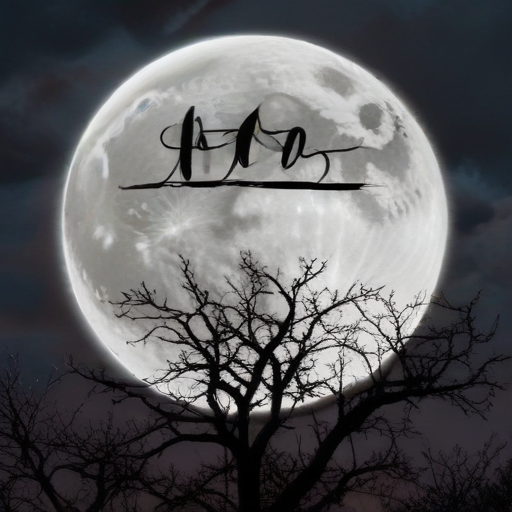The final supermoon of 2024, known as the Beaver Moon, is set to illuminate the night sky on Friday, reaching its peak brightness at 4:29 PM Eastern Time (21:29 GMT). This astronomical event is part of a series of celestial spectacles, coinciding with the Leonid meteor shower and the visibility of the Pleiades star cluster.
A full moon occurs when the moon is positioned 180 degrees opposite the sun, resulting in full illumination. A supermoon, which is a term coined by astrologer Richard Nolle in 1979, describes a full moon that appears larger and brighter because it coincides with the moon’s closest orbit to Earth, within 90 percent of that proximity.
This year’s Beaver Moon is notably the last supermoon of 2024, shining at an approximate distance of 361,867 kilometers (225,000 miles) from Earth. Traditionally, full moons are named based on natural events; in this case, it refers to the time when beavers typically prepare for winter. Other names for this moon include the Mourning Moon, given its position before the winter solstice, and the Frost Moon, marking the onset of frosty conditions in many regions.
Globally, the supermoon will be visible, with peak illumination occurring at different times across various locations. For instance, in London, viewers can enjoy the spectacle at 21:29 on Friday local time, while those in India will experience peak brightness at 2:58 AM on Saturday. Viewers in the Gulf countries will see it shine brightly at 00:29 GMT on Saturday.
To enhance the viewing experience, NASA advises casual stargazers to utilize binoculars with a magnification of at least 7, recommending higher magnifications for better detail.
Additionally, the weekend will feature the Leonid meteor shower, known for its swiftly moving meteors that can reach speeds of up to 70 kilometers per second. Depending on their location, observers might witness a stunning display as these meteors potentially peak at hundreds or thousands during heightened activity about every 33 years.
The supermoon will also be near the Pleiades star cluster, a bright and recognizable constellation. Although the brightness of the full moon may obscure some of the stars in this cluster, the proximity provides a captivating sight for stargazers.
In summary, this supermoon not only marks the closing of a series of astronomical events for the year but also allows for an exceptional opportunity for people across the globe to connect with nature and the wonders of the universe. Clear skies and favorable viewing conditions could inspire a renewed appreciation for celestial phenomena.
